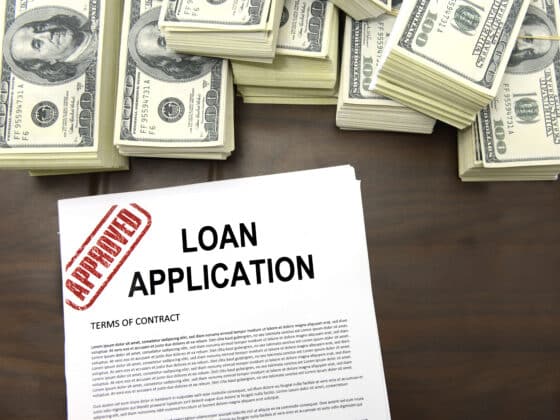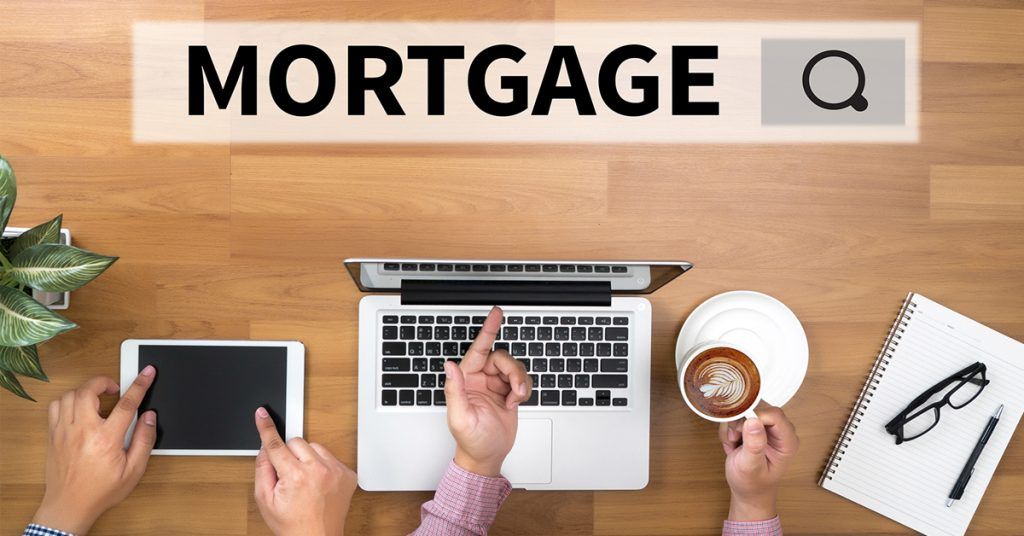5 Great Reasons to Refinance Now
The housing market has been up and down for a while now. Many were fortunate enough to take advantage of a time period where it was a buyer’s market. Others may have made a purchase when it was a seller’s market. Either way, refinancing your investment in your home is a choice that is worth consideration for a number of reasons. And there is no time like the present to seriously consider those reasons.
1. Shorter Terms On Your Loan
Interest rates are extremely low right now and if you are sitting on a 30-year mortgage, you are likely going to see a significant change in how quickly you can pay off your home with a refinance. For example, if you took out a loan at about 5 percent and you can refinance into a 15-year mortgage at a much lower percentage rate, say somewhere around 3 percent, you will see a slight increase in your mortgage, but you will pay the house off in half the time.
2. Home Equity Cash Outs
Refinancing isn’t just used to reduce the length of a loan or the interest on the loan, it can also be used for major life events. Imagine, for example, that you are looking for a career change – or just want to start that business you have always dreamed of – refinancing to take cash out of your home equity can give you a sizable loan at a fair interest rate. Just make sure you are able to repay the loan in time.
3. Lower Your Payments
You may have taken out a loan at 5 percent, which we discussed earlier, and want to find a way to lower your payments on a monthly basis. While you may not be able to lower your interest rate, you may have the ability to lengthen the time of your loan. Look at the options with your lender and a financial advisor. You may be paying on your home for longer, but the savings each month – if invested wisely or saved – could more than make up for the extended loan period.
4. Move From an Adjustable-Rate Mortgage
At one time, adjustable-rate mortgages were the best option for many borrowers. You weren’t locked into a particular rate and you could potentially see your interest rates drop frequently. Now that the economy is getting back on track, rates are likely going to slowly rise. If you have good enough credit, you can likely move to a fixed-rate loan which will keep your interest from fluctuating. This is great for budgeting as your monthly payment will be the same, year after year.
5. Lower Your Interest
You may already be in a fixed-rate mortgage and feel like you are left out in the cold. You don’t want to shorten your terms and you aren’t looking to extend them either – but you would like to save some money. Refinancing to a lower interest rate can potentially save you thousands of dollars over the course of your loan. This will require a decent credit history, but may be the perfect way to start planning for your future financially.
Contact a MiLEND mortgage expert today to discuss the available options that will allow you to begin enjoying a lower monthly mortgage rate or term.

Your Ultimate Winter Home Preparation Guide
Read more...
A Financial Blueprint for a Successful Mortgage Application
Read more...





